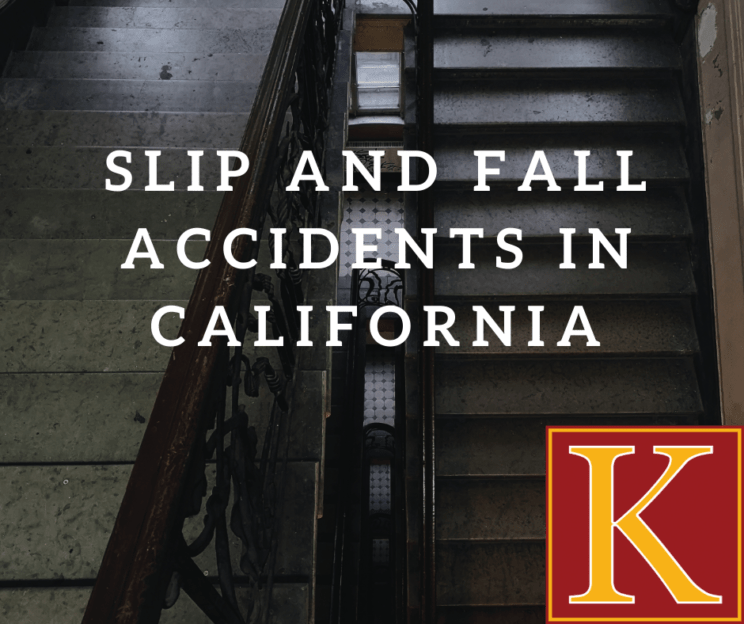Personal injuries that are caused by slip and fall accidents are covered under the tort known as premises liability. Premises liability allows victims, injured as the result of the negligence of the property owner to recover compensation for their injuries.
According to Civil Jury Instruction 1000, the plaintiff must establish the following four elements to prove a premises liability claim:
- Defendant owned, leased, or controlled the property
- Defendant was negligent in their use or care for the property
- Plaintiff was injured
- Defendant’s negligence was a significant factor in causing injury to the plaintiff
Who Can Be Held Liable for a Slip and Fall Accident?
When someone is injured because of a dangerous condition on another person’s property, he can sue either the owner, occupier or possessor of that property. This may include homeowners, landlords, businesses, and other property owners.
How to Establish the Property Owner’s Negligence?
According to California Civil Jury Instruction 1003 defendant was negligent in the use or maintenance of the property in case:
- A condition on the property created an unreasonable risk of harm
- Defendant knew or, through the exercise of reasonable care or should have known about it
- Defendant failed to repair the condition, protect against harm from the condition, or give adequate warning of the condition
Statute of Limitations for Slip and Fall Accidents in California
According to California Code of Civil Procedure section 335.1 a victim has a two-year period for the filing of “an action for his injury to, or for the death of, an individual caused by the wrongful act or neglect of another.” According to California Code of Civil Procedure section 338 there is a separate three-year deadline for filing a lawsuit over the repair or replacement of personal property was damaged in the slip and fall.
Bringing a Claim Against Government
In case your slip and fall injury was caused by the negligence of a government employee then the claim you file must follow a special set of rules. You will be required to provide notice of your claim within a six-month period and give the municipal or state government a chance to respond to your allegations.
Comparative Negligence
According to this rule, any damages award the plaintiff receives will be reduced according to the percentage of his fault. A property owner can make different arguments to attempt to pin the blame on the plaintiff. Here are some examples of arguments:
- The dangerous condition of the property should have been obvious to the plaintiff.
- The plaintiff was on a part of the property where usually visitors aren’t allowed to be.
- The plaintiff was wearing inappropriate footwear.
- The plaintiff took the reasonable and necessary step to protect visitors and the dangerous condition was cordoned off signage
- The plaintiff wasn’t paying attention to where he was walking
In case the plaintiff’s California slip and fall case makes it to court, regardless of the argument the property owner makes, the state’s “pure comparative negligence rule” will determine how much compensation the plaintiff can get from the property owner.
Are you in need to services for a slip and fall accident? Our Los Angeles slip and fall lawyers at KAASS Law would be happy to help you out in every way we can. Get in touch with us now at (310) 943-1171 for assistance!


Pingback:Comparative Fault | KAASS LAW
Pingback:Hotel Accidents in California | KAASS LAW